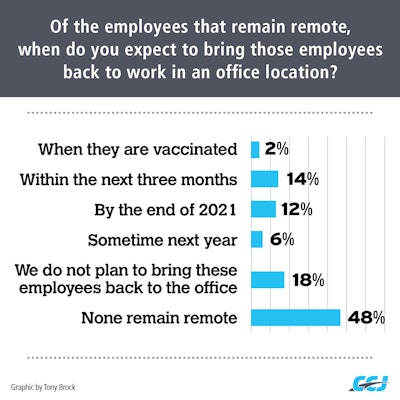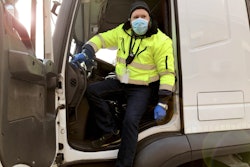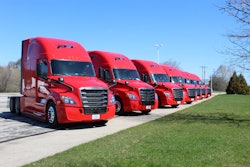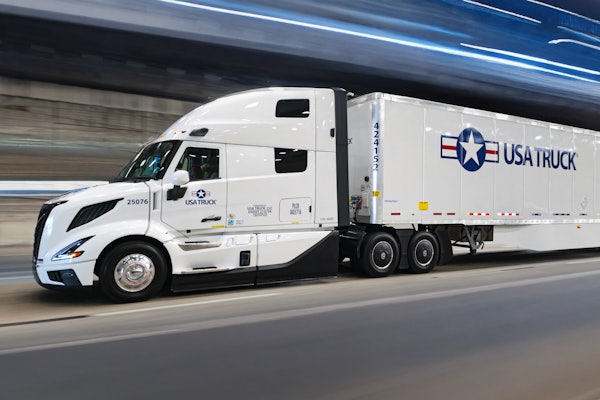 The pandemic forced many fleets to hasten the deployment of certain technologies.
The pandemic forced many fleets to hasten the deployment of certain technologies.
 Respondents were asked to select any department that was transitioned to home-based and in many cases, selected multiple departments.
Respondents were asked to select any department that was transitioned to home-based and in many cases, selected multiple departments.
By March 2020, the home-office experience became more common and during the throes of the pandemic, 71% of the U.S. labor force transitioned to remote work, according to Pew Research.
Transportation employees were not immune. Either voluntarily or thanks to local/state guidelines mandating employees keep at least six feet between each other, fleets were rewriting office policies and sending employees home.
According to a recent survey conducted by CCJ, 47% of fleets transitioned at least part of their non-driving employees to working from home and at its peak, more than half of the staff was working remotely. Back-office personnel (accounting, payroll, accounts payable, etc.) led the way in transition with 84% of respondents saying these employees were tucked away in home offices, followed by dispatch (53%), safety (51%), and IT (50%).
Almost 20% of our respondents said the majority of their employees remain remote, but the bulk (26%) worked remotely from between six months to a year. There is a sense of normalcy returning to the workplace as 48% of respondents say they no longer have any employees remaining remote, and only 18% plan to allow home-based employees to stay there indefinitely. Collectively, 26% of respondents expect to have all remote employees back in the office by the end of the year, but only 2% said vaccination status would play a role.
I'm not sure I even knew what Zoom was in 2019, but almost 60% of respondents said platforms like Zoom, Slack and Teams improved communication. Some fleets also noted an improvement in the amount of work accomplished (22%) and improvements in quality (24%), but said – to the tune of about 55% – that remote meetings were less impactful.
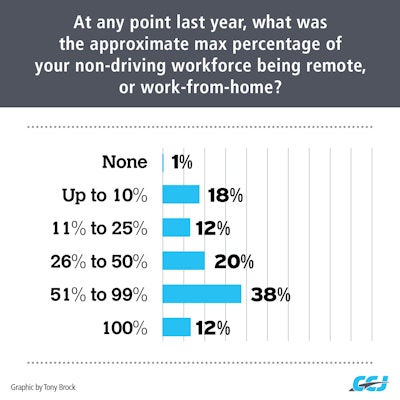
Technology might have made meetings easier in some regard, but 39% of CCJ respondents noted poor communication between departments among the employees working from home.
COVID created an "adapt or die" business environment, which 64% of respondents said caused them to accelerate the adoption of new technologies like document management (75%), safety and risk management tools (37%), driver mobile apps (34%), and driver training tools (33%).
Phoenix Cartage Operations Manager Mary Tuozzo noted it became necessary "to create more documents and spreadsheets to communicate events [and] loads," and that working remotely prompted her company to hasten investments in safety and risk management tools.
While there clearly were some communication challenges and work through-put hurdles to clear, about 84% of our respondents said employees reacted positively to the transition to home-based.
Tony Pagan, safety manager for Grand Prairie, Texas-based carrier Lupus Superior, noted that "less travel ability [afforded employees more time] to take care of things at home while working at home."
